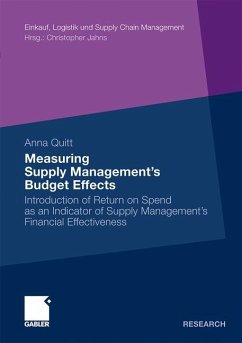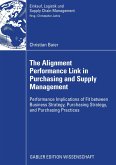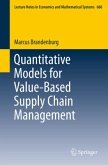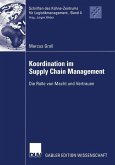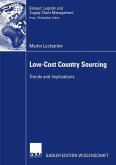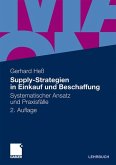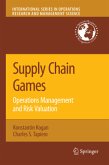Performance Measurement is currently one of the most talked about topics in Purchasing and Supply Management (PSM) - in research as well as in business practice. However, it is not simply a business fad; researchers already introduced the Balanced Scorecard, a performance measurement method, to PSM a few years ago. A more novel idea in this context is measuring the budget impact of PSM - its financial effectiveness. In business practice, only 10-20% of supply management's effectiveness can be identified retrospectively in the P&L account with current measurement methods. Thus, PSM is often criticised for only being able to demonstrate its efforts on presentation charts, so-called "powerpoint savings". Therefore, researchers were requested to support practitioners in finding a solid and feasible solution to the problem of savings measurement. The derived solution measures PSM's financial effectiveness by integrating the function in the budgeting procedure, based on the following hypothesis: Only when supply management addresses its planned savings potential already in the budgets, it can show its comprehensive bottom line effect.
Hinweis: Dieser Artikel kann nur an eine deutsche Lieferadresse ausgeliefert werden.
Hinweis: Dieser Artikel kann nur an eine deutsche Lieferadresse ausgeliefert werden.

